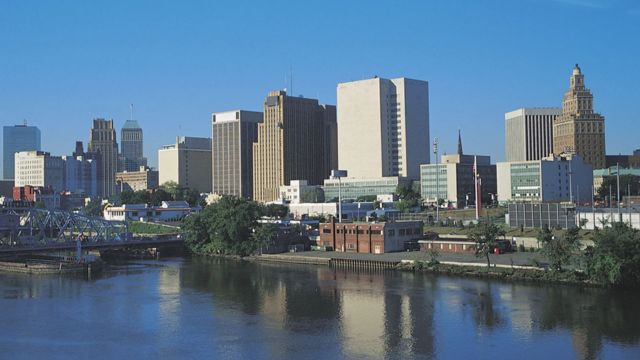Discovered Is Newark’s Poorest Town
Unfortunately, economic inequities are common in urban locations across the United States, including Newark, a city with a rich history and various communities. The poorest town in Newark has been identified by recent studies, which have illuminated the financial struggles its citizens endure.
This article analyzes the top 5 suffering communities in Newark and examines the circumstances that have led to this state of affairs.
The Reveal
Even with Newark’s colorful fabric, some communities have struggled financially, drawing attention to the larger problems of unemployment, poverty, and resource scarcity. Studying the social, historical, and economic elements that have influenced the current state of the economy is necessary to identify the underlying causes.
The Top 5 Poorest Newark Towns
1. Heights of South End
South End Heights is one of the most economically distressed neighborhoods in Newark because of its long-standing economic difficulties and restricted access to employment possibilities.
2. West Side Hollow

One of Newark’s poorest towns, Westside Hollow is made worse by a lack of housing and educational inequality. The effects of few resources and unstable economies are felt by the locals.
3. Riverfront District East
Formerly a bustling industrial district, the East Riverfront District is currently experiencing an economic downturn, which affects locals who are facing homelessness and joblessness.
4. Central Bluffs
There are issues with education and the economy in Central Bluffs. For many people in this region, the lack of access to high-quality education and employment prospects has resulted in a cycle of poverty.
5. Northwood Village
Housing shortages in Northwood Village exacerbate economic inequality and have an impact on the general well-being of its citizens. Though development is sluggish, efforts to revive the region are being made.
Economic Struggles’ Contributing Factors
1. Less Facilities
High unemployment rates, a lack of housing, and restricted access to high-quality education are common features in these regions.
The problems that the people living in the poorest communities of Newark experience have been shaped by historical events, social dynamics, and economic changes.
2. Neighborhood Projects
Initiatives driven by the community are striving for improvement despite these obstacles. Together, local groups, citizens, and civic leaders are working to close the wealth gap, enhance educational opportunities, and build a more sustainable future for Newark’s impoverished areas.
In Conclusion
The most impoverished town in Newark was identified, and other underprivileged areas were acknowledged, underscoring the pressing need for all-encompassing remedies. Residents, community organizations, and legislators must work together to address economic inequality.
Newark can strive for equitable development and create a more successful and inclusive city for all of its citizens by recognizing the unique difficulties that each community faces.
